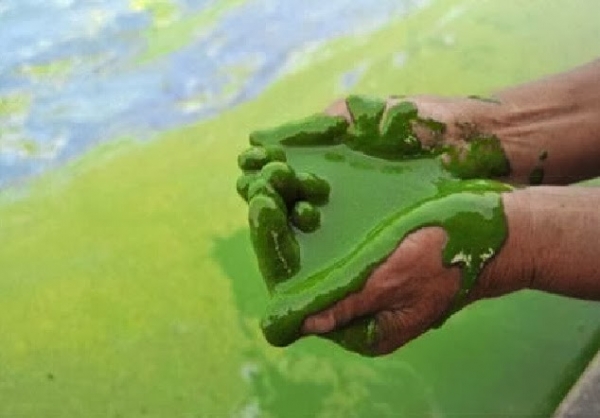One of the many areas targeted by the Great Lakes Restoration Initiative (GLRI) is the reduction of phosphorus/phosphate levels. This is a particularly important part of the initiative as these chemicals provide the nutrient for massive populations of algae that can foul whole sections of lakes.
The major source of phosphorus/phosphate affecting the Great Lakes is agricultural run-off from cultivated fields and from manure contaminating tributary systems and water sheds supplying the lakes. Additional, lesser amounts can come from urban run-off from cleaning chemicals that may have small amounts of phosphate(s) in their formulas. Many of the laundry detergents used in residential settings have reduced or totally eliminated phosphates years ago precisely for this reason.
By way of comparison, metal-stamping lubricants typically utilize much smaller amounts of phosphorus based additives than other industrial processes and are typically applied more sparingly. They may contribute slightly to effluent as they are removed in industrial cleaning and pretreatment baths, but the level of contribution is typically a fraction of that of the cleaning chemistry itself. This is why IRMCO always supports the responsible use, containment and disposal of all chemical products per local, municipal regulations.
When colonies of algae encounter huge volumes of phosphate food source –their populations rapidly multiply and effectively choke out other organisms in the lake. These algal “blooms” impact water treatment plants by fouling intakes and filters and increase the amount of chemicals required to treat the water to make it safe for human use and consumption. These algal blooms can also alter the oxygen carrying capacity of the lakes – posing a major threat to fish and other lifeforms dependent on the lakes as habitat.
As the Great Lakes Restoration Initiative (GLRI) progresses over time, we encourage you to reinvestigate the status of the project and take the necessary measures to help protect our extremely valuable fresh water resources.



